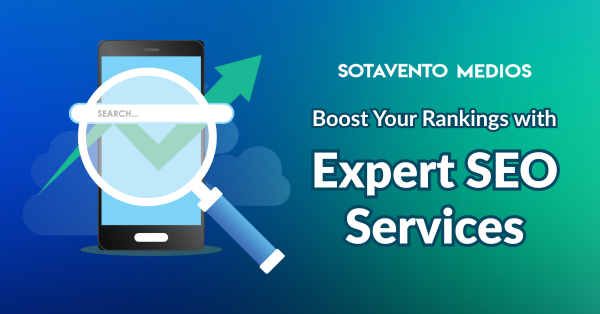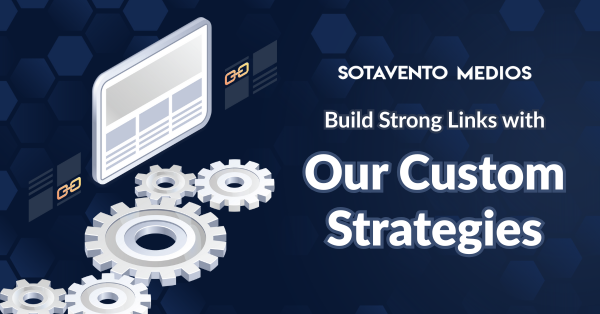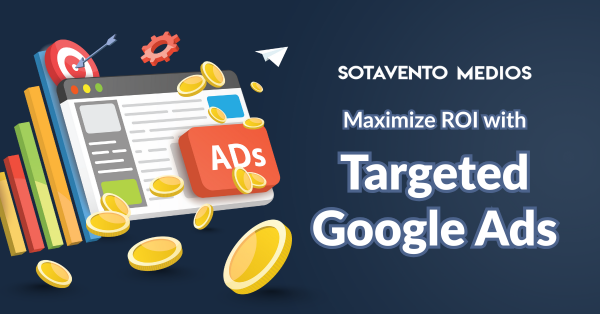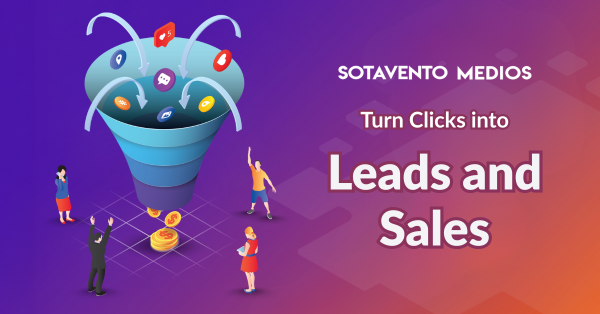AI search works on a fundamentally different principle compared to traditional indexes. It values entity-level trust and semantic relevance instead of keyword density and transactional link authority. When an AI model generates an answer, it acts as a synthesis engine, pulling facts, statistics, and context from sources it considers credible. Your brand’s survival in the zero-click landscape relies on being one of those selected sources.
Defining AI Citation Frequency
AI Citation Frequency is more than just a mention; it signals validated expertise. It has three key layers that digital marketing strategists need to monitor:
1. Frequency: How often the brand is cited as a source across relevant industry and topic queries.
2. Context Quality: Is the brand positioned as a clear, positive, or recommended expert, or is it mentioned neutrally alongside competitors?
3. Topical Coverage: The range of topics (or semantic clusters) where the brand is cited, showing overall industry authority rather than just niche relevance. For B2B firms, being cited means providing the answer to a complex client problem. This establishes authority at the critical point when clients seek information before making significant purchase decisions.
Strategy I: Crafting Content for AI Parsing and Retrieval
Improving AI Citation Frequency requires a detailed, technical approach to content creation that goes beyond readability. You need to structure your content so GAI models can easily parse, verify, and cite it.
Elevate Structural Integrity with Schema Markup
The foundation of AI visibility is structured data. AI models depend on machine-readable signals to grasp the meaning and context of your content.
• Implement Organization and sameAs Schema: Use Organization schema to clearly define your brand as a verifiable entity. Connect it using sameAs properties to all major trusted external profiles like LinkedIn, Crunchbase, and official social channels. This strengthens your entity graph and helps AI systems link all mentions back to one authoritative source.
• Leverage FAQPage and HowTo Schema: AI overviews and answer boxes thrive on concise, direct answers. Using FAQPage and HowTo schema on supporting content gives AI pre-chunked, easily digestible question-and-answer pairs, making your content more likely to be included in GAI responses.
Focus on Proprietary, ‘Citation-Worthy’ Content
AI systems actively seek and reward original research, proprietary data, and clear statements. Generic, synthesized content will not lead to citations.
• Publish Data-Backed Insights: Conduct original industry surveys, share sector-specific benchmark reports, or create unique data visualizations. Instead of posting about “The Future of B2B Marketing,” consider publishing a “2025 B2B Lead Conversion Rate Study” with original statistics. The more unique and verifiable the data point, the higher the chance of AI citing it.
• Answer Queries with Evidence: Ensure every claim, statistic, and key concept in your valuable content has clear internal references. Citing your own research and creating a strong internal linking structure makes it clear to the AI that your website is the primary source for that topic.
Strategy II: Off-Page Signals in the Age of Entity Authority
Traditional link building focused on PageRank; the off-page strategy in the AI era emphasizes entity verification and third-party validation, which greatly enhances Authoritativeness.
Cultivate Third-Party Authority Signals
Many AI citations, especially during crucial buyer-journey stages, come from earned media and high-quality third-party sites.
• Target High-E-E-A-T Publications: Aim for mentions and quotes on established industry news sites, reputable blogs, and well-known industry associations. AI models view these as authoritative endorsements. When a thought leader quotes your CEO’s proprietary research in a Forbes article, the AI gets two layers of trust. It sees the high domain authority of Forbes and the direct citation of your brand’s expertise.
• Optimize for Local SEO Citations: For B2B services focused locally or regionally, maintain consistent NAP (Name, Address, Phone) data across all major business directories. AI tools are increasingly used to verify local business legitimacy, and a clean citation profile is a key trust signal.
Monitor and Manage Generative Brand Perception
It is important to regularly check how your brand appears in GAI summaries.
• Track AI Brand Mentions and Sentiment: Use monitoring tools to search for your brand name on major AI platforms like Gemini, Perplexity, and ChatGPT. This is no longer just a PR task; it’s a vital SEO audit. If an AI pulls outdated, negative, or incorrect information from a seemingly authoritative but unreliable source, your Authority score suffers.
• Proactive Content Correction: If an AI consistently misattributes or distorts your proprietary content, promptly update the relevant source on your site. Make the facts clearer, better organized, and more prominent. Since AI models frequently re-crawl and update their information, this direct action is often the quickest way to correct errors.
The Ultimate B2B Mandate
AI Citation Frequency is the key measure for modern B2B brands. It signifies the shift from merely attracting traffic to becoming the trusted source of information that informs both users and the AI systems they use. Brands that focus on original, well-structured content that strengthens their E-E-A-T signals will not only rank well in traditional search but also dominate the generative answer engines that are quickly becoming the main interface for digital information.
Ready to shift your SEO strategy from targeting clicks to owning the answers? Sotavento Medios specializes in Technical SEO Audits that identify and narrow the gap between your current content and the structure needed for optimal AI Citation Frequency.
















